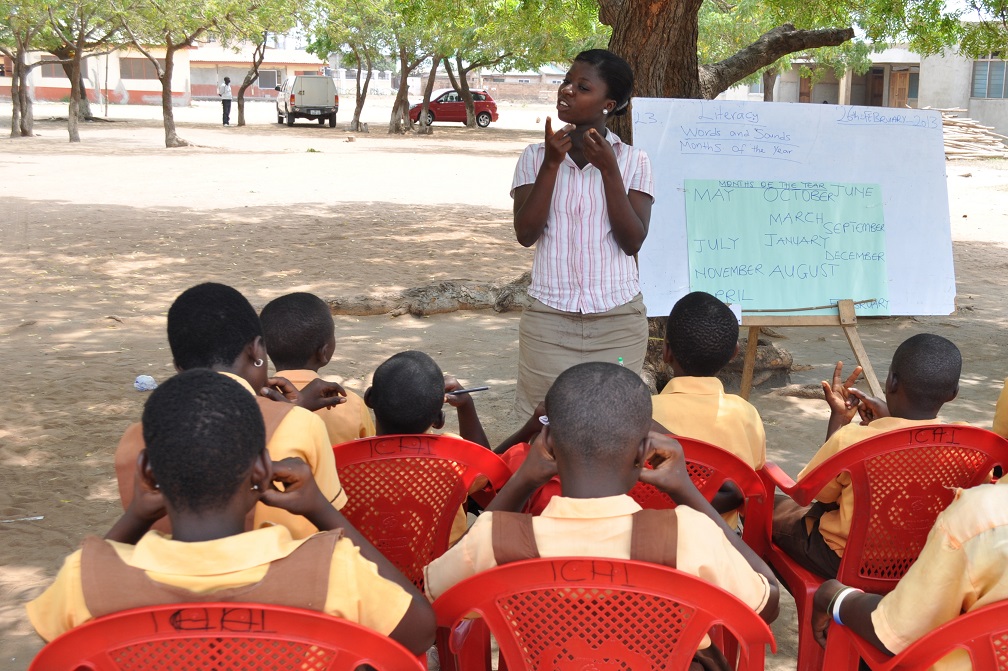Financing education in Africa
African governments allocate an important part of their budget to education and household contributions are also very high. In The IIEP Letter, Guillaume Husson of the IIEP Pôle de Dakar asks, What is the way forward for funding quality education for all?
Africa has experienced sustained economic growth in recent years with GDP rising at an average of 4.3 per cent between 2000 and 2015. However, public policies, including those for education, remain insufficiently financed despite increased public spending on education. Households are also heavily involved in financing education and cover, on average, one-third of the costs.
This poses serious consequences for the education of millions of children, especially those from the poorest families. To meet the challenges of Education 2030, it is imperative to find additional and alternative resources to improve the financing of education. Education policy-makers can explore three areas – public resources, external aid, and innovative funding – for improved financing in the years to come.
Use of public resources
More efficient and equitable use of public expenditure on education could generate significant room for finding new funding sources. Indeed, in terms of public ownership of educational resources by individuals, there are significant disparities in gender, geographic area, and the level of household wealth. For example, the richest are benefiting from an average of 8.6 times more public resources in education than the poorest. To achieve quality universal basic education, resources should be redirected to benefit the most disadvantaged. In Africa, the difficulties of schooling disproportionately affect underdeveloped rural areas that have weak social infrastructures and an insufficient number of teachers. For policy-makers, a potential lever of action is to target these areas. By addressing geographical inequalities, it is possible to reduce the associated social inequalities.
External assistance
The international community should increase its efforts to achieve Education 2030. External assistance for African countries (expressed as a percentage of GDP of these countries) decreased gradually during the 2007-2008 international financial crisis to 0.45 per cent of GDP in 2015 (compared with 0.86 per cent in 2002). However, the Global Partnership for Education’s funding conference, held in Dakar in February 2018, showed that donors could commit to giving more.
Innovative financing
Finally, alternative solutions at the level of innovative financing tools could be found and implemented across the continent. This is particularly the case for vocational training and higher education where the private economic sector, through the development of public-private partnerships, can contribute to the financing of sectors linked to the economic demand of countries.
These three sources of funding are credible and offer considerable potential. Although there is still a long way to go, some countries are already taking steps to improve the efficiency of public spending, for example by allocating teachers and equipment more equitably to schools. The involvement of the private sector is also now systematically at the heart of strategies for the renewal of vocational training policies.
These alternative and additional funding sources must be sought with determination, as they are essential to achieving the goals of quality education for all.
Read the rest of The IIEP Letter here!






